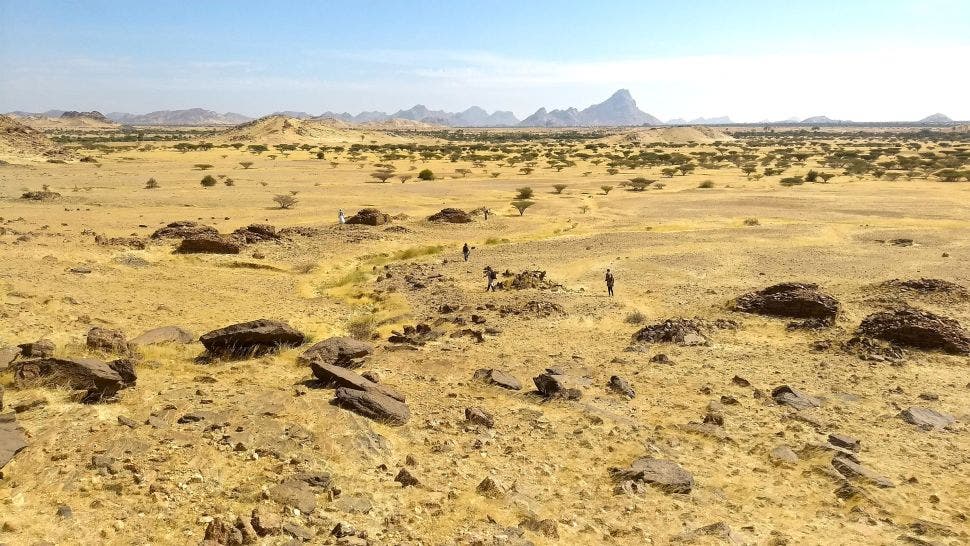Using a cosmological technique typically used to study galaxies, archaeologists uncovered a vast funerary landscape in eastern Sudan composed of thousands of tombs resembling the stars of a galaxy.

Sudan’s Kassala region, which borders neighboring Eritrea, has been occupied by the semi-nomadic Beja people for over two thousand years. Local archaeologists had previously discovered numerous funerary monuments across the arid region, including Islamic domed tomb structures called qubbas.
Due to the remote nature of the archaeological are, it has always proven challenging to make sense of these mysterious tombs that were raised over multiple periods and cultural contexts. However, there has always been this feeling that there is far more to the Kassala tombs than meets the eye.
Researchers at the University of Naples “L’Orientale” and the Sudanese National Corporation for Antiquities and Museums took a bird’s eye view of the region using satellite imagery. They were staggered to find more than 10,000 funerary monuments within an area spanning 1,600 square miles (4,100 square kilometers).
The analysis revealed that the ancient tombs are far more numerous than anyone could have thought. But the most intriguing find came as a result of applying the Neyman-Scott Cluster model to the arrangement. This model, which was originally developed to study spatial patterns of galaxies and stars, showed the mortuary structures are distributed in a galaxy-like pattern, according to geological and social factors.
Just like stars in a galaxy tend to congregate around centers of high gravity (i.e. close to a black hole), the Kassala burials cluster in the hundreds around “parent” points. These mortuary gravity wells likely correspond to the oldest and most important tombs.
This galactic distribution surfaced primarily as a result of local geological conditions. The rough terrain at Kassala means only a limited number of locations are favorable for placing tombs or sourcing the required building materials. This macro-distribution is completed by a micro-distribution where other tombs are placed nearby older structures, which the researchers believe are of high cultural importance. As a result, the younger tombs seem to be radiating away from the older tombs, much like stars do in a galaxy.
The study published today in the journal PLOS ONE marks the first time a cosmological approach has been applied to archaeology, highlighting the need for more interdisciplinary research that may reveal new insights on the origins of archeological sites.
For Stefano Costanzo, a Ph.D. student in archaeology at the University of Naples and lead author of the study, these findings are an opportunity to draw international attention to Kassala. These incredible monuments are threatened by erosion and treasure raiders. This newly found recognition of the significance of the Kassala tombs may hopefully help conserve the cultural landmark.









